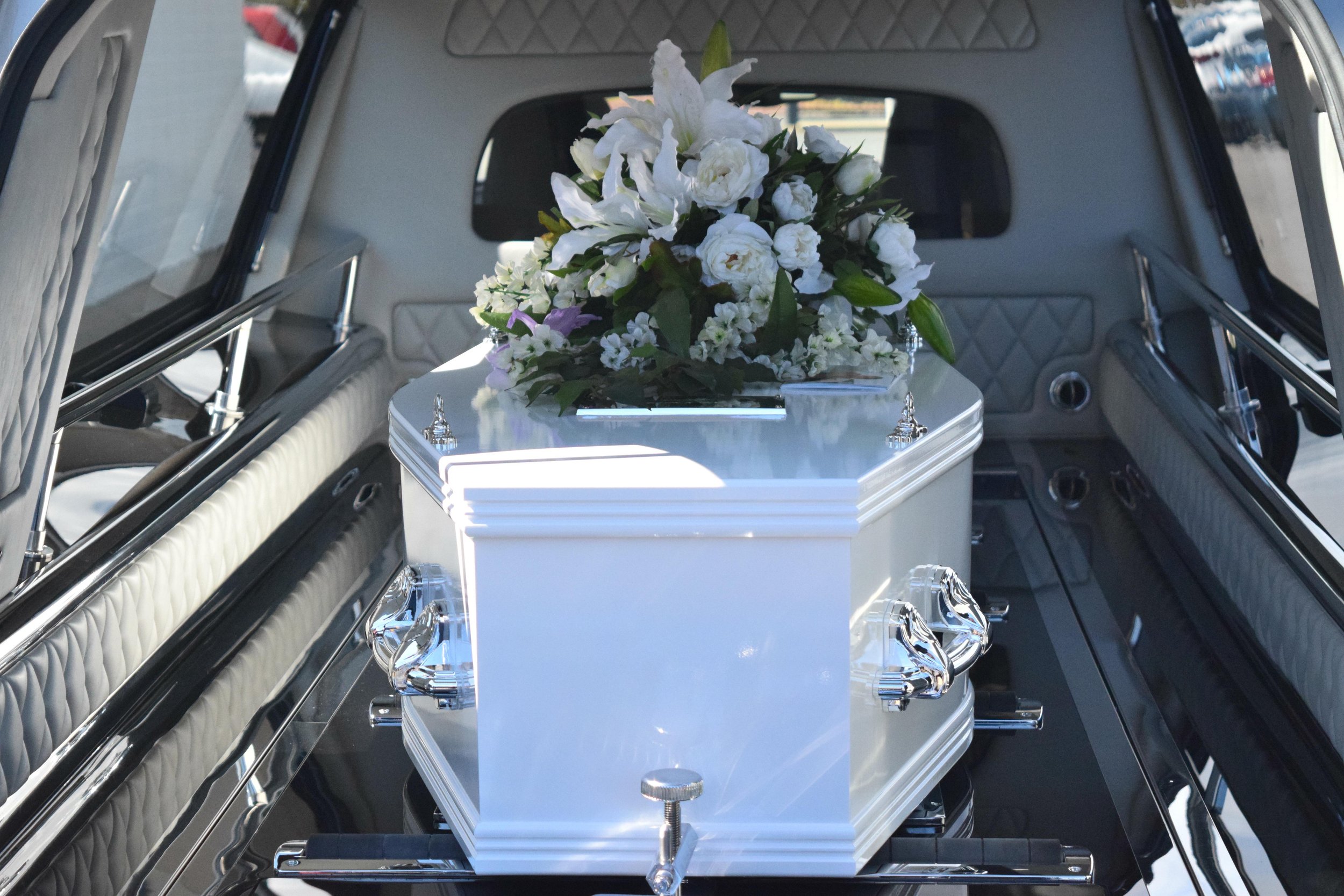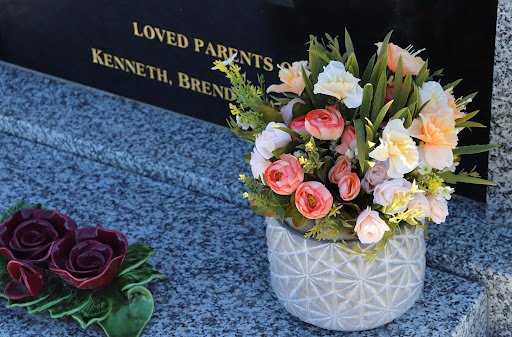The Difference Between Traditional Ashes Keepsakes and Memorial Diamond Jewelry
Over the years, we humans have evolved in our practices of funeral rites. We have realized new ways to preserve the memory of our departed dear ones. These various types of practices have been influenced by different cultures and even religious beliefs across the world.
CONTENT
Ways to commemorate the dead
These practices include building monuments, and offering prayers, and rituals. All these are undertaken in honor of the dead.
In Ancient Egypt, mummification was the norm. Bodies were mummified to preserve them and avoid utter decay. The mummification process involved embalming the body and removing the internal organs. Mummified bodies have been discovered by archaeologists and explorers over the years.
The world evolved and people started adopting cremation as a funeral rite. Ashes from the cremation process are kept or disposed of. Those who keep the ashes use them as a form of remembrance. According to a CNN report in 2017, 50.2% of Americans chose cremation while 43.5% opted for burial. We have established that cremation is the process of burning the body of the dead into complete ashes. Family members or loved ones then keep these ashes as a form of remembrance. Cremation ashes have been kept in various ways over the years. The most popular and traditional method of keeping cremation ashes is the use of urns.
Urns are one of the most popular and traditional ashes keepsakes. Some people refer to them as cremation urns while some others call them cinerary urns, and in some places, they are referred to as burial urns or funeral urns. The use of urn keepsakes has existed for a long time and as times changed the practice evolved as well. Urn keepsakes are believed to have originated in China, where the ashes of the dead were collected and kept in handmade pottery urns. This was as far back as the year 7000 B.C. Urns were mostly used for children or infants and were used for adults occasionally. Evolution has allowed us to witness different types of urns with changes in sizes, styles, and shapes unlike when they were just made in simple designs and used for a singular purpose (paying respect to the dead). In the bronze age, some burial practices included the use of cremation urns. Now in the present world, people use urns to collect cremation ashes. Urn keepsakes are now used to store the cremated ashes of departed loved ones. It is a very honorable form of memorial.
A modern urn keepsake
In the search for a long-lasting form of remembrance, people are beginning to discover memorial diamond jewelry.
What is memorial diamond jewelry?
Memorial diamonds are real diamonds created from carbon extracted from cremation ashes or cremated hair. Naturally, diamonds are created with the use of high pressure over a long period. After much scientific study, the process of diamond formation has been recreated in laboratories for the process of memorial diamond making. The emergence of memorial diamond jewelry birthed the name "diamond burial". This memorial technology breakthrough is considered a long-lasting alternative to the traditional ashes keepsakes, this is due to the major fact that diamonds are indestructible. The process of creating memorial diamond jewelry makes the diamonds have the same chemical properties and physical properties as natural diamonds. Natural diamonds are classified into 4 C's: the cut, the clarity, the color, and the carat. Lab-created diamonds have these same classifications. Traditional ashes keepsakes are used to store cremation ashes, and memorial diamonds are made from ashes. The rising significance of memorials is making people pay good money to get their custom-made memorial diamonds. It is a beautiful form of memorial. It is wearable on any piece of jewelry(rings, necklaces, earrings, and bracelets). It can be worn around. Memorial diamonds can be passed down for generations to come. It is a prestigious form of heirloom.
How is memorial diamond jewelry made?
Memorial diamonds are made through a technical and professional process known as High-Pressure High Temperature(HPHT). Some cremation diamond companies use this process and they follow these steps;
1. The separation of Carbon: Almost everything on the green earth has carbon and diamonds are not excluded in fact, diamonds are the highest form of carbon. Cremation ashes or cremated hair contain about 1 to 5% of carbon. In the diamond-making laboratories, each sample of cremated ashes or cremation hair is assigned a unique code for easy identification.
2. Conversion to Graphite: In this step, the cremated ashes or cremation hair are filtered with the use of high temperature over and over again until the desired level of carbon is obtained. Then pressure and heat are applied to create a graphite structure.
3. Diamond Growth: The graphite is subjected to high pressure so that it transforms slowly into a diamond.
4. Cut and Polish: The way a natural diamond requires a skilled professional to cut and polish it, is the same way a lab-created diamond requires cut and polish from a skilled professional.
The whole HPHT process and the defined steps above take time to get executed. The process may take weeks or months to get completed. This is dependent on the size of the diamond to be made. The end product is always mind-blowing. Memorial diamonds are the latest advancement in remembrance and memorial technology. They are proof that the legacy of a loved one that is no more can be solid and long-lasting. It's almost like having the presence of the departed loved one with you all the time.
Difference between traditional ashes keepsakes and memorial diamonds
The main difference between traditional ashes keepsakes and memorial diamonds is that traditional ashes keepsakes are good for immediate use while memorial diamonds are good for the long-term and are more durable and significant. Traditional ashes keepsakes are not completely safe because the urn keepsakes are usually very fragile and in the case of an accidental fall that could compromise the content of the keepsake. Memorial diamonds on the other hand are indestructible and timeless.
Most traditional keepsakes are not designed to be mobile. Several keepsakes include paperweight, glass ornaments, paintings, vinyl records, hourglass, teddy bears, buttons, writing inks, pencils, and stained glass windows. All these keepsakes are as classy as they all look fragile and are susceptible to easy damage. Memorial diamonds in jewelry pieces like rings, earrings, necklaces, bracelets, and pendants. Memorial diamonds last longer and are completely safe.
Prices of traditional ashes keepsakes and memorial diamonds
Price may influence your choice when it comes to picking between traditional ashes keepsakes and memorial diamonds. Traditional ashes keepsakes can be very cheap starting from as low as 13 USD and the most expensive ones up to 1000 USD. Memorial diamonds are perceived as very expensive but that is not exactly the case. The pricing for most cremation diamond companies starts from about 1200 USD. For a company like EverDear™ prices start from 895 USD for a 0.08ct-01.4ct yellow diamond. If you're going for something lasting and memorable, 895 USD or even 1200 USD is not too expensive. Prices differ according to size and color as well. Yellow diamonds appear to be cheaper while the blue and colorless ones are more expensive with very few price differences. Cremation diamond companies also specify the number of cremation ashes or the amount of cremated hair. As much as 200 grams of cremated ashes can be required and in the case of hair, a lock of hair or more will suffice.
Both traditional ashes keepsakes and memorial diamond jewelry are very honorable ways of remembering a departed loved one. Traditional ashes keepsakes are classy and respectable while memorial diamond jewelry is lasting and eternal.
































